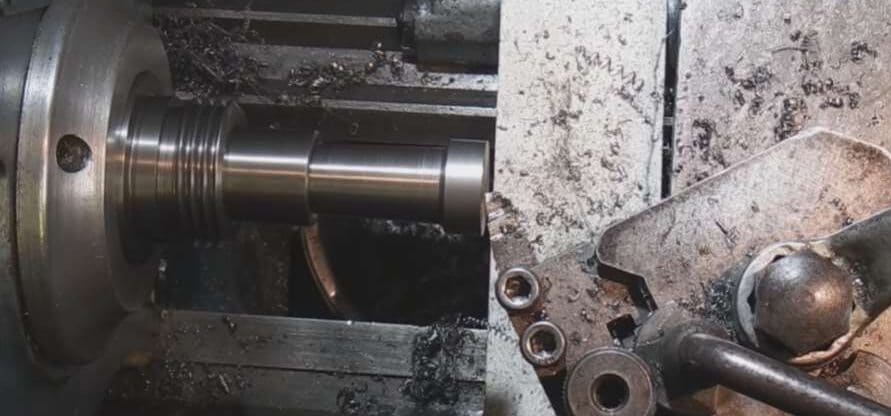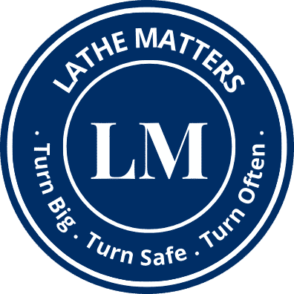Disclaimer: As an Amazon affiliate, I may earn a small percentage from qualifying purchases. This is at no extra cost to you. Learn more here.
Last Updated on July 30, 2021 by Charles Wilson
Working with a starter metal lathe machine requires its users to know about the tools properly. It is the key to the quality of your work.
However, we are aware that there are not enough resources about it that can explain the parts and their applications easily.
So, here we are to explain to you about the lathe cutting tools so that you can make an effective decision to select the tools.
Lathe Cutting Tools Used for the Operations

Here we’ll talk about the lathe cutting tools you can use. There are so many of them obviously but we will be talking about the very basics yet most important.
By the way, if you are having any problems setting up the cutting tool this article might help you!
Now let’s go!
Facing/Turning Tool
Facing is known as the process of making a flat surface.
Turning operation means the removal of metal from a cylindrical work piece’s surface. You can also remove metal from the outer diameter of the workpiece through this process. Besides, it can reduce the diameter also.
There is a term as ‘step turning’ in which excess metal from the workpiece is removed to make different steps of diameter.
If you are thinking of performing the facing and turning operations on a lathe, this is the tool. Its main purpose is to face the object so that you may have a smoother surface.
The should be done on a faceplate or chuck, and the facing/turning tool is run through the bed at right angles to achieve a flat surface.
Boring Bar
It means the enlarging of an existing hole by reducing metal from the internal surfaces of a metal object. The boring bar is used to do boring operations as mentioned earlier.
This is done by mounting a boring bar and holder with cutter teeth on the tool post and rotating the workpiece. This one can be used for reaming also. The process where an existing hole is made bigger.
Knurling Tool
Knurling is the modification process of a metal where small ridges are created on the surface of the object as a grip so that it can be handled easily. This particular tool can make a small edge on the surface of an object for easy gripping. So, you can use this tool for knurling operations.
Chamfering Tool
It is the process of removing burrs and sharp edges from the workpiece so that one can handle it easily and safely. As it seems from the name, this tool takes care of the chamfering operations. Chamfering is an essential tool to cut off sharp edges after threading operation.
Threading Tool
Threading is the process where a helically shaped notch is formed on the surface of a material. This tool can make a thread to your workpiece from both inside and outside.
If you have a pre-drilled hole where you want to make the thread, you can do that using an internal threading tool. For making screws with threads, external tools can be used.
Tapping is a process to make threads inside of a hole so that bolts can be added. Besides, it is used to produce a thread on nuts too. You can also use the threading tool to do the tapping.
Parting Tool
As it sounds, this is the process to cut off a part of the material from the workpiece. The tool does the work as it sounds and can even do more. It can groove, cut-off workpieces as well as give them a better finishing.
Channeling Tool
The channeling tool performs the grooving operation. It can make holes around a workpiece of a certain depth. Grooving refers to the process of making a narrow hole of a certain depth on the workpiece.
Drilling Tool
Drilling refers to the process of making holes on the object. This one can drill holes faster and precisely. Boring bars create rough edges to make the hole, however, this one doesn’t.
Conclusion
There’s a saying that a “man is known by his work”. If you want to make something out of the box, then you have to know well what you’re doing and how you’re doing it.
If you’re working with a lathe and want to make some quality things, you have to know about your tools.
We’ve given our best efforts to cover everything related to lathe tools.
We hope this may help you and still if you have something to know, just feel free to comment below.
